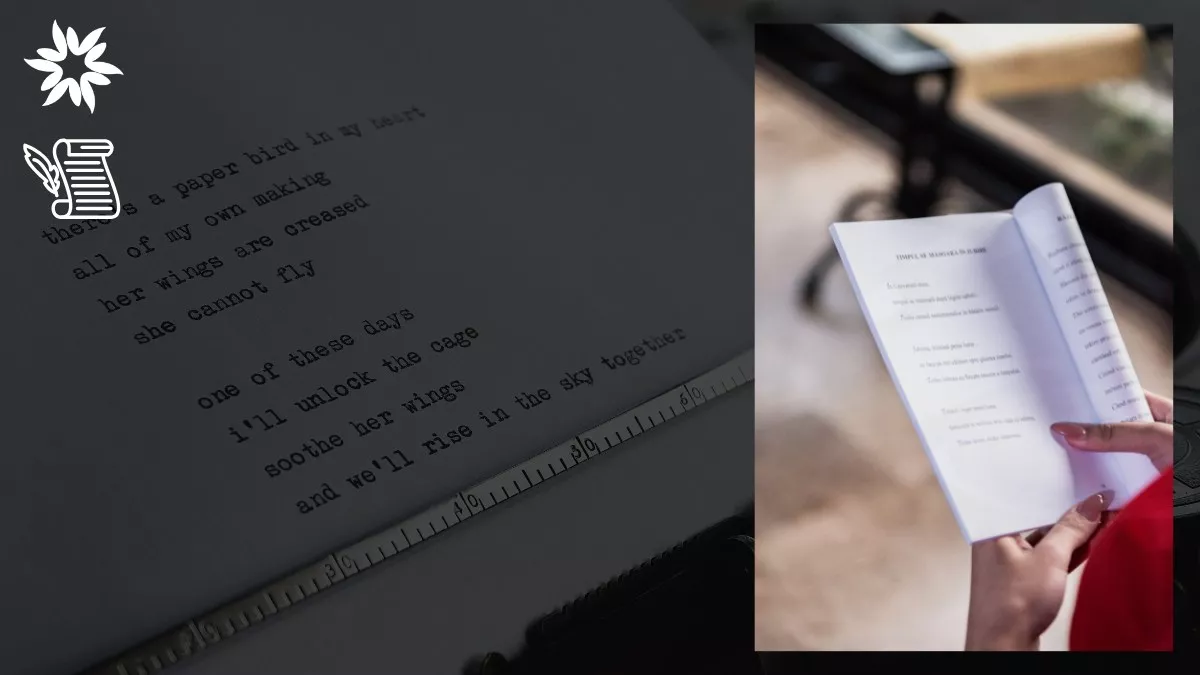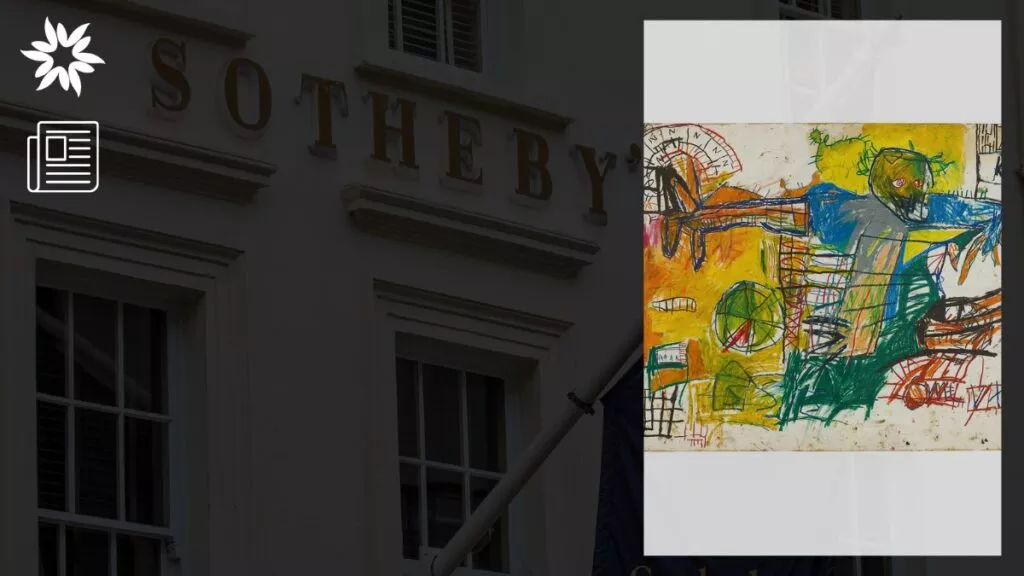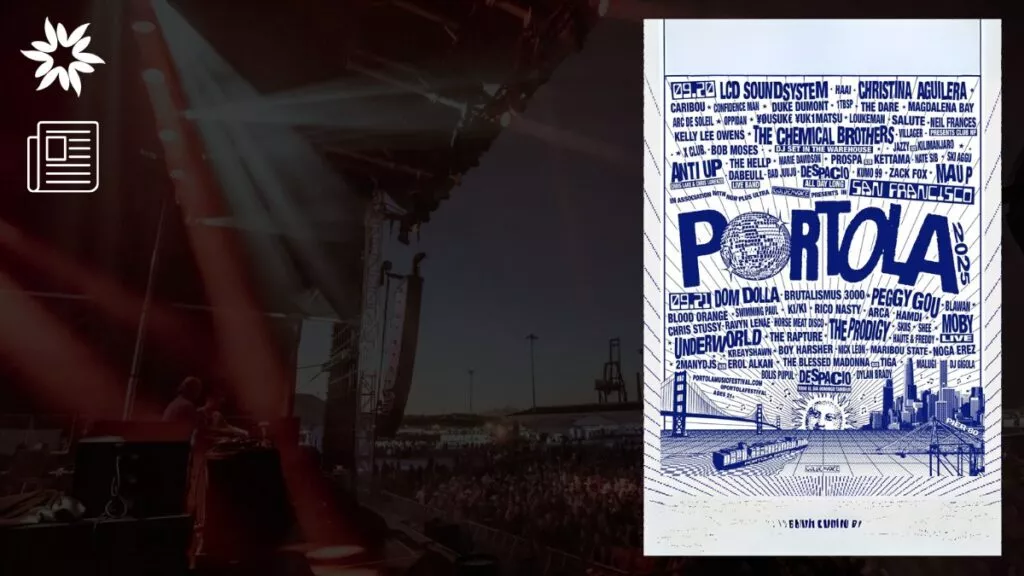Everyone has days when the world feels a little heavier than usual.
But for those grappling with depression, that weight can be constant, making the simplest moments feel monumental.
Poetry, with its raw honesty and ability to distill complex emotions, has long been a refuge—a way to find words for indescribable feelings.
The beauty of poems about depression lies in their universality: they remind us that even in our darkest hours, someone else has stood in that shadow, too.
Whether it’s the melancholy musings of Emily Dickinson or the unflinching truths of Sylvia Plath, these poems capture despair, but they also offer a kind of companionship.
In this article, we’ll explore the verses that resonate most, celebrating their power to reflect, heal, and connect.
1. “The Dark Night of the Soul” by St. John of the Cross
“O guiding night!
O night more lovely than the dawn!
O night that has united
The lover with his beloved!”
St. John of the Cross’s poem “The Dark Night of the Soul” offers a spiritual and emotional dive into the human condition.
It portrays the soul’s journey through profound darkness—an experience that mirrors the struggles of depression.
This darkness, metaphorical yet deeply resonant, symbolizes a sense of abandonment and isolation, much like the feelings often captured in depressing poems.
However, the poem suggests that even the deepest despair can lead to something transformative, a more meaningful connection with love and light.
What makes this piece stand out is its duality: it acknowledges the pain of the journey while holding space for hope.
The darkness isn’t permanent; it’s part of a process that brings deeper understanding and connection.
And this perspective is a reminder that poetry doesn’t just reflect our struggles but can also offer a path toward healing.
2. “Because I Could Not Stop for Death” by Emily Dickinson
“Because I could not stop for Death –
He kindly stopped for me –
The Carriage held but just Ourselves –
And Immortality.”
In “Because I Could Not Stop for Death,” Emily Dickinson takes the grim subject of death and gives it a strange, almost polite personality.
The poem feels like an eerie carriage ride into the unknown—an invitation to contemplate the inevitability of life’s end and the emotions that swirl around it.
It’s haunting, but there’s something calm, even graceful, in how Dickinson embraces the passage.
This isn’t your typical gloomy meditation; Dickinson’s quiet humor and acceptance make the subject’s weight easier to bear.
Among depression poems, this one stands out for its ability to make the terrifying idea of mortality feel oddly approachable.
It’s as if Dickinson is sitting next to you, gently reminding you that life doesn’t have to be a sprint—Death, after all, is willing to wait.
There’s a bittersweet comfort here, the kind that makes you pause and consider how love and memory might linger, even when life itself doesn’t.
Dickinson’s knack for blending melancholy with a touch of warmth makes this poem one you’ll want to revisit on reflective days.
3. “The Soote Season” by Henry Howard, Earl of Surrey
“The soote season, that bud and blome furth bringes,
With grene hath clad the hill and eke the vale:
The nightingale with fethers new she singes:
The turtle to her make hath tolde her tale …”
Henry Howard’s “The Soote Season” may be one of the earliest sonnets in English, but its themes still resonate today.
On the surface, it’s a celebration of nature waking up after winter’s long hibernation—lush greenery, birds singing, and life blooming everywhere.
But underneath the surface, there’s a melancholic twist.
As the world comes alive, the poet’s inner sorrow also reawakens, a poignant reminder that external beauty doesn’t always mirror internal peace.
This duality makes it one of those rare sad poems about depression that captures the unexpected ways melancholy can creep in—even in seasons we traditionally associate with joy.
It’s a quiet nod to how emotions like sorrow and longing can exist alongside life’s most vibrant moments, much like the bittersweet arrival of spring itself.
4. “I Wandered Lonely as a Cloud” by William Wordsworth
“I wandered lonely as a cloud
That floats on high o’er vales and hills,
When all at once I saw a crowd,
A host, of golden daffodils;”
In “I Wandered Lonely as a Cloud,” William Wordsworth takes us through a moment of deep solitude that suddenly transforms into something uplifting.
The speaker starts out lost in thought, disconnected, and drifting through the world until a field of golden daffodils bursts into view.
It’s simple but powerful—proof that nature has a way of clearing the mental fog and anchoring us in the present.
Though not directly written as poetry about depression, this piece taps into the universal experience of finding light in unexpected places.
It is, without a doubt, a comforting nudge that even in moments of sadness or loneliness, there’s always something out there—be it a daffodil or a simple moment of beauty—waiting to remind us that joy is still possible.
5. “When I Have Fears That I May Cease to Be” by John Keats
“When I have fears that I may cease to be
Before my pen has gleaned my teeming brain,
Before high-piled books, in charactery,
Hold like rich garners the full ripened grain;”
John Keats channels a deep and relatable anxiety in “When I Have Fears That I May Cease to Be.”
The poem explores the fear of running out of time—of leaving this world before experiencing love, achieving creative potential, or fulfilling dreams.
His words capture the unsettling mix of longing and helplessness that comes with realizing how short life can be.
A few sad poems with deep meanings articulate this feeling clearly.
And while Keats doesn’t offer comfort or resolution, his honesty strikes a chord.
The poem resonates because it confronts the reality of mortality head-on, reflecting the universal desire to make every fleeting moment count.
6. “A Red, Red Rose” by Robert Burns
“O my Luve’s like a red, red rose
That’s newly sprung in June;
O my Luve’s like the melody
That’s sweetly played in tune.”
Robert Burns’s “A Red, Red Rose” is a timeless ode to love, full of passion and tenderness.
On the surface, it’s a celebration of love’s beauty, with vivid imagery comparing it to a blooming rose and a sweet melody.
But beneath the romantic tone, there’s a quiet ache.
The fleeting nature of a rose in bloom or a melody played in tune reminds us that love, like all things, doesn’t last forever.
This duality makes it one of those deep, sad poems that stay with you.
Burns captures the bittersweet truth about love—a source of joy and a reminder of life’s impermanence.
7. “Mad Girl’s Love Song” by Sylvia Plath
“I shut my eyes, and all the world drops dead;
I lift my eyes, and all is born again.
(I think I made you up inside my head.)”
Sylvia Plath’s “Mad Girl’s Love Song” feels like stepping into someone’s swirling thoughts—a place where love, doubt, and despair fight for space.
The speaker’s emotions swing wildly, from imagining love as all-encompassing to questioning if it ever existed at all.
This is raw and surreal, perfectly capturing the chaos of heartbreak and the tricks the mind can play when caught in a spiral of longing and self-doubt.
But what makes this poem so striking is its honesty.
Plath doesn’t try to clean up the messiness of love or the toll it takes on mental health.
Instead, she leans into it, giving us a glimpse of how confusing and isolating those emotions can be.
“Mad Girl’s Love Song” feels like a confession whispered in the dark—a stark and vulnerable look at how love and despair can blur the lines between what’s real and what’s imagined.
8. “How Do I Love Thee?” by Elizabeth Barrett Browning
“How do I love thee? Let me count the ways.
I love thee to the depth and breadth and height
My soul can reach, when feeling out of sight
For the ends of Being and ideal Grace.”
Elizabeth Barrett Browning’s “How Do I Love Thee?” is often celebrated as one of the most romantic poems ever written, but beneath the sweeping declarations lies a quiet vulnerability.
The speaker’s love is boundless, described with almost spiritual devotion, yet there’s an emotional weight to these words that hints at the fragility of such intensity.
And, of course, love this deep doesn’t come without risks.
It can be overwhelming, even suffocating, especially when paired with personal struggles or self-doubt.
Browning’s lines suggest a yearning to make sense of emotions that feel limitless and impossible to fully grasp.
It’s not just about loving someone—it’s about how love changes you, challenges you, and exposes you.
Finding Light in the Darkness
Poetry certainly offers something unique: a way to confront emotions that often feel too big to carry alone.
The words of Keats, Dickinson, Plath, and others remind us that even in the toughest moments, there’s power in expressing what’s hard to say out loud.
From raw honesty to quiet reflection, the verses we explored show how sadness, love, and hope can coexist.
Sure, they won’t take away the pain, but they might make it feel a little less isolating.
And in the end, that connection—knowing someone else has been there, too—can make all the difference.
P.S. After diving into life’s heavier moments, here are 35 famous book quotes to inspire you.








